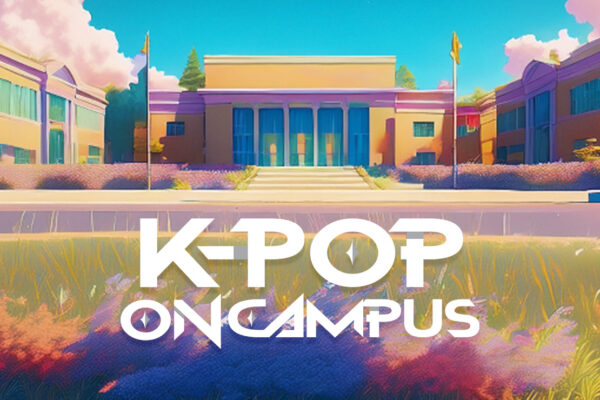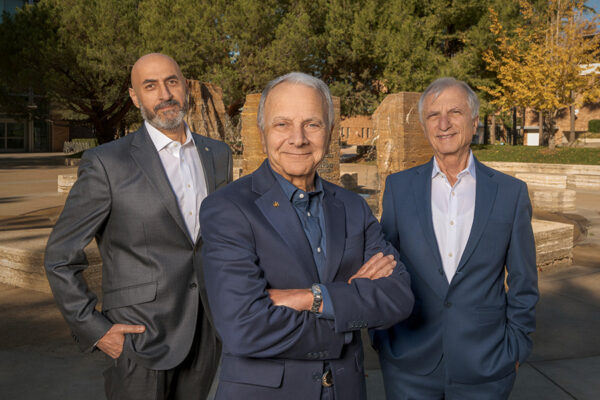Thanks to Chapman University’s Summer Undergraduate Research Fellowship (SURF), Yanelly Mego ’25 developed her love of coding that started in high school while helping dancers along the way.
Mego, a software engineering major at Fowler School of Engineering, spent her summer creating DanceTag, a platform that collects and annotates data from movements captured by sensors a dancer is wearing.
“With this type of feedback, dance students will be able to improve their dancing abilities through a more accessible technological tool,” says Franceli Cibrian, an assistant professor at Fowler who oversaw Mego’s research. Mego also worked closely on the project with post-doctoral researcher Hector Camarillo.
Chapman’s Center for Undergraduate Excellence organizes SURF, an on-campus eight-week summer program that offers Chapman University undergraduate students experience in hands-on research and creative scholarship mentored by expert faculty. The fellowship includes a $4,000 stipend for 30 hours of research work per week.
The program provides more research time than the school year and groups passionate people together, Mego says.
“I have more room and more time to put on sensors and try things out, and I can continuously work on something,” she says.
DanceTag, which stands for Data Analytics and Notation with Captured Event Tagging, captures a person’s specific movements with sensors that record coordinates. It’s less restrictive than technology used for film motion capture because the dancer doesn’t have to wear a full-body suit.
“We had dancers come in but also people who never took a dance class before, and it’s been cool to see how they interpret things,” Mego says.
It can be hard for people in a dance class to watch both their own form and their instructor, and it’s unlikely that the instructor can give everyone the same level of attention. A camera or electronic device is helpful but only shows one perspective, Cibrian says.
The movement data collected by the wearable sensors is put into computer models that compare an instructor’s movements with a student’s. This would give students quicker feedback and provide the instructor with more data on each student.
“Over time, this can help the students develop reflective feedback to the point where they just need to be able to see a 3D version of their dancing in order to determine what they can improve from it,” Cibrian says.
Mego was drawn to using her skills to support dancers to help them avoid injuries. She was injured while in high school color guard, which impressed on her the importance of good training.
“If instructors are not able to catch improper technique, that turns into students forming bad habits and they may get injured,” she says.
Through her experience in the SURF program, Mego is more passionate than ever about her software engineering work. The hands-on research has equipped her with necessary skills she’ll use after she graduates.
“It’s been a good opportunity to research, to learn, to be inspired by other people and help dancers along the way,” she says.




